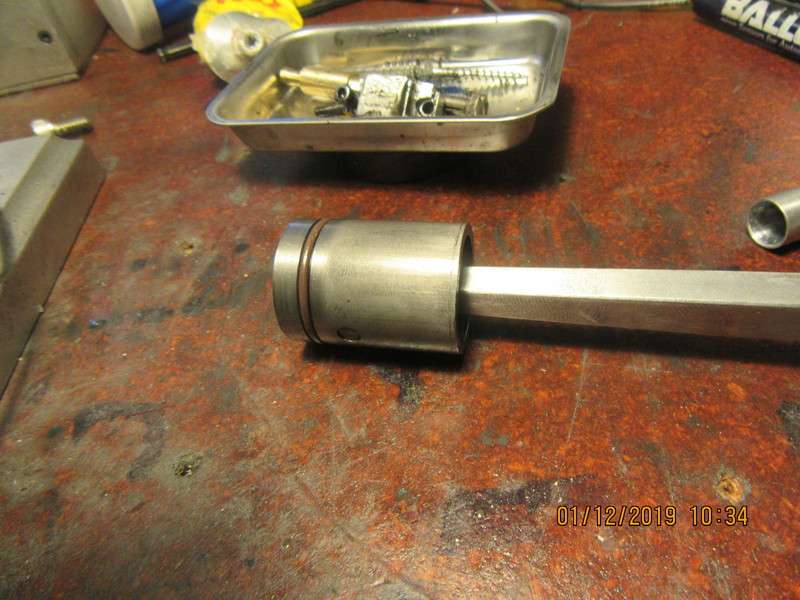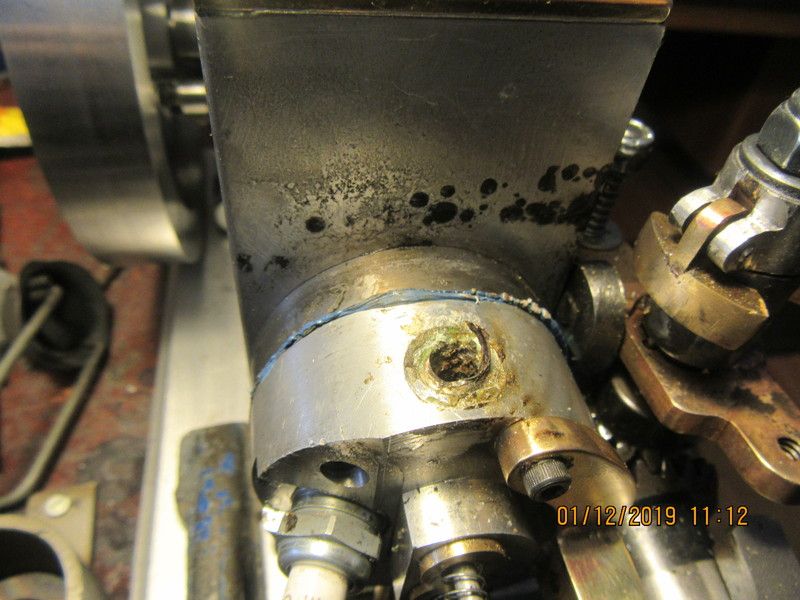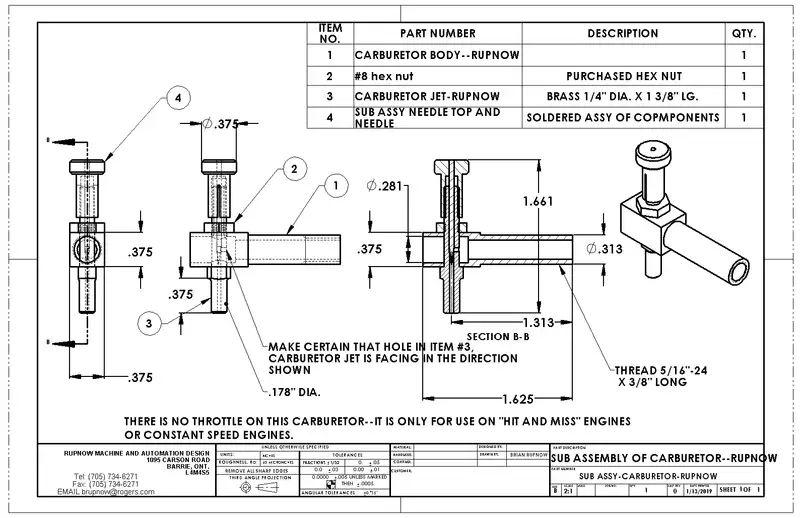Okay Gents--Just so we keep this straight: First try--engine would fire along with drill driving it but only if I held my hand over the carb intake to choke it. This points out lack of fuel, so I tried unscrewing the hi speed jet as much as I could, but that did nothing to fix the problem.****During the course of doing this, the engine had very low compression---it spun too easily . A check and some diagnostics showed that the intake valve was leaking quite badly. I pulled of the cylinder head and relapped the intake valve, and the compression came up considerably. While the head was off and the intake valve was free of it's spring, I clipped one full coil from the intake valve spring.
**** This did nothing to improve the situation, so after checking my valve and ignition timing to be absolutely sure it was correct, I decided that perhaps the carb venturi vacuum wasn't strong enough to overcome the check ball in my gas line. I removed the check ball and at the same time switched over to a Traxxas aeroplane carburetor which I know works properly (The spare carb I've had laying around for two years was a bit of an unknown). This was the carburetor off the Rockerblock engine, which ran very well. The problem remained the same.
**** I tried lifting the fuel tank higher, but this made no difference.
**** The intake spring still seemed a bit stiff to me, so I removed it and cut another full coil from it. This didn't change my original problem of engine starting and running with drill, but then dying away when the drill was removed.
****I removed the rocker arm and took another 0.01" off the head of the shcs which contacts the end of the exhaust valve to be absolutely sure that the exhaust valve was not being held open.
**** I took another half coil off the intake valve spring, but I think that now I've taken too much off it, so will put in a new spring this morning.
**** I pulled out the sparkplug (which is brand new) and laid it on the water reservoir while turning the flywheels by hand. Lots of spark, coming at what I judge to be the correct time.
**** I had very little Coleman fuel, so I purchased a new can, hoping that new fuel might make a difference,---It didn't.
**** One of the things I did notice during all of this, is that the governor is operating just as I had hoped it would, however I don't have it hooked up yet, and won't until I have the engine running properly.
****Todays plan is to first try a slightly longer intake valve spring. If that doesn't fix things I will take one flywheel off and try the engine with only one flywheel. This shouldn't make a difference, but I have seen stranger things happen. These flywheels are 1" wide, so if the engine decided it will run with one flywheel, I can thin both flywheels down to get rid of a lot of the weight.
****If none of the above things fix the problem, I will make a new piston with a Viton o-ring on it.
**** Beyond that, if the engine still hasn't decided to run, I will have to seriously consider that perhaps my face cam is the culprit, but I hope not. I'm really proud of that face cam.





































































